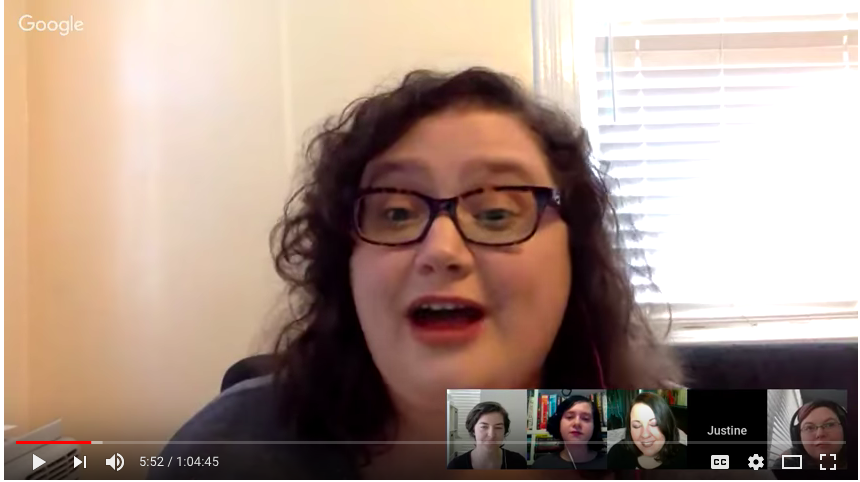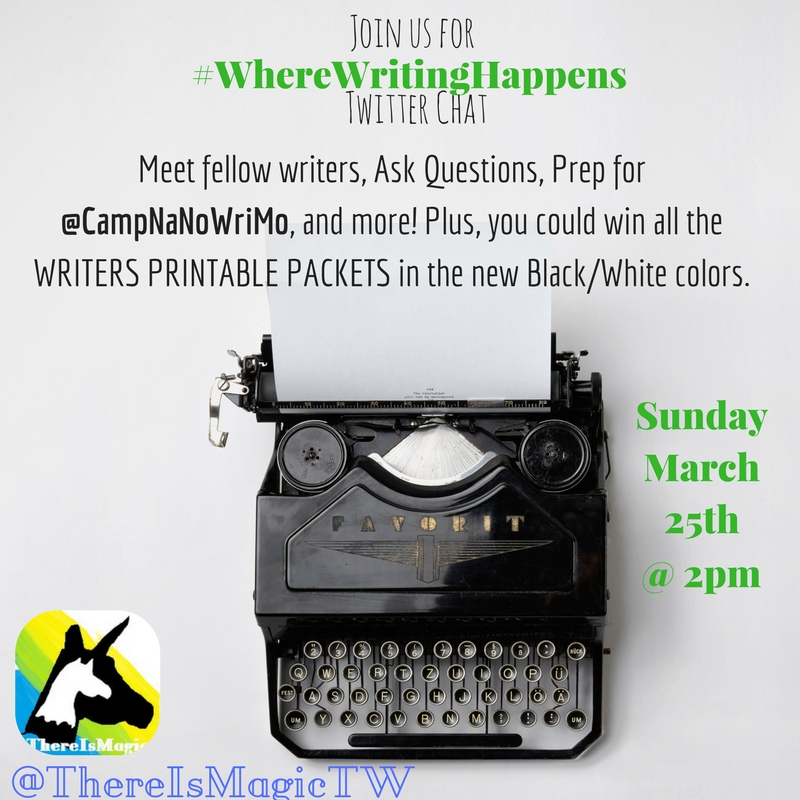Teenagers In YA Novels
By: Lucia Brucoli

It is safe to say that we’re in the era of the Young Adult genre. More and more people, not just adolescents, are starting to read and write YA novels. There are hundreds of sub-genres within it such as fantasy, horror, thrillers, coming-of-age, romance and science fiction, and even more within those such as epic fantasy, futuristic, and chick flicks. However, the one thing they all have in common (as it is the main feature of YA) is that the main characters are teenagers.
I love the Young Adult genre, not only because I see myself and my age group in books, but also because being a teenager is no longer being regarded as a time stuck between childhood and adulthood, but a unique stage of a person’s life. However, something that frustrates me in YA novels is when teenagers aren’t portrayed realistically. So, I’d like to point them out in the following list.
Some of the things I’ll say potentially apply to the New Adult genre as well. I also want to mention that since most young adult novel characters are from the middle class, I won’t touch on issues such as criminal neighborhoods and heavy financial problems. So, my notes may not be relevant in these cases.
Let’s jump right into it!
No School
Whether your teen character is in a fantasy world of powers and magic, in a moon colony after a nuclear disaster on Earth, or has an ordinary adolescent life, chances are, there is an educational system they have to attend. I realize that there are exceptions to this, but the moment it is established that a character goes to school… wait for it… they must go to school. There are entire contemporary novels of the typical life of a high school teenager, except they’re never in school, but always at parties and sleepovers, and the only school-located scenes are in homeroom an the cafeteria. Even someone who doesn’t care about school and skips lessons will get detention, be called to the principal, or parents will be contacted. Even though this is different in all schools, most have some kind of record of absences.
On a related note, something I’ve noticed is that characters who go to school never seem to have homework, or need to study. There are tests. Exams. Pop quizzes. Projects. After-school clubs. How do YA teenagers manage not to repeat grades or drop out?
Having a character mention that a professor was being unfair, or that someone got detention, or that Trigonometry will be the death of them isn’t an info-dump or useless dialogue. It is only adding depth to the story, as well as making the story more realistic and closer to the readers experiences. For example in KEEPER, the story starts with Lainey annoyed because her best friend Maggie made her go with her to a noisy store, when she has to study for SATs. She resolves this issue by reciting the vocabulary while waiting for her.
No Guardians/Adults
It is no secret that in YA novels, adults are usually distant, nonchalant, or simply nonexistent. I understand the use of this, to a certain extent: most YA novels focus on the growth of teenagers, making their own decisions and finding out how far they can go to solve whatever obstacle the author has thrown in their way.
But aren’t parents or guardians worried? Say your main character is a superhero, who was given special powers by the Gods but must practice them in secret. Where are their parents in all this? While the kid is going around preventing war and destruction, aren’t the parents or guardians frantically searching for them? Doesn’t the kid have a curfew? An example of a story where this is addressed is in the movie E.T.: the main character is always trying to hide the Alien from his mum: faking a fever, sneaking food, the phone call where he pretended to be sick… and even then, the mum still kept a close eye on him.
Parents don’t usually abandon their children, and if they do, there’s got to be some sort of psychological reason: even an absent parent always on their phone will realize if their child is never home and happens to have a pair of wings.
Even in books where the teen character is homeless without a family, there are always adults somewhere. I can tell you from personal experience to what extent nosy neighbors can factor into a person’s life.
Knowing Everything
It should be fairly well-known that teenagers wonder about the future, constantly trying to figure out what they do and don’t like. Whether they’re daydreaming about the perfect house, their journey in life, a job, and partner, or wishing they could be different, adolescents try to figure things out. Then why is it, that teens in YA novels always seem to have everything under control, never hesitating? Even the most determined adults can have doubts, and even the couples most in love feel insecure. It is incredibly rare that teenagers know everything they want to do in their lives.
This also applies to teenage relationships, as most don’t make it past six months, let alone staying together after high school. I’m not saying teen relationships cannot work out because some do. But teenagers are in such a chaotic and emotional stage of their lives: call me a cynic, but it’s unrealistic for so many teen couples to think they’ll be together forever. So no, Bella from Twilight, I don’t think you and Edward will be in love for the rest of your immortal lives.
In my opinion, Bebe Rexha perfectly summed this up in her song Call You Mine: “You said, ‘Hey, whatcha doing for the rest of your life?’ And I said, ‘I don’t even know what I’m doing tonight’ ”.
There’s also the issue of teens knowing how to do all sorts of thing. Teens flying spaceships without a second thought, leading entire kingdoms, and murdering expert killers. Too many times are there stories with main characters who can’t even handle running after the school bus for ten seconds, but suddenly they can beat up a thief or fight armed police guards, getting out without a scratch?
When talking specifically of sports, most adolescents fluctuate between being absolutely unfit, doing sports only because Physical Education is compulsory, or they are obsessed with sports and the gym. If your character falls into the former category but then does something incredibly athletic, there’s got to be something huge justifying their newfound fitness.
Language Extremes
And last but not least, language. Once again, in my experience, there are two extremes many authors fall into when writing teen dialogue: either really sophisticated, or over-slanged. Unless there’s a way to justify this, a teen isn’t usually going to call up a friend saying “Hello, how are you? I was wondering if you were free for dinner tomorrow evening?” or “Yo man what’s up dinner tomorrow you down?”. Chances are, they’ll fall somewhere in the middle depending on their culture, class, circumstance, up-bringing, and the universe you’ve created for them. In conclusion, “Hey, wanna go out to dinner tomorrow?” can be a good compromise.
Next comes a personal pet peeve of mine: texting. I adore books where characters text. However, I can’t stand when authors make characters text absolute gibberish abbreviations to sound ‘cool’ and ‘modern’. Trust me when I say, nobody ever texts “Hiya how r u, hw rn I got math 4 tmr dyinggggg, cyou 2night @7 yah?”
No. Just no.
Writing teen characters is really difficult: I’m a teen writing YA, and I struggle. This article actually helped me reflect on my own novel, and while writing I made a number of changes regarding schoolwork and parental presence. I added scenes where they were doing schoolwork (or complaining about it), and I removed some scenes with secondary adult characters, making my main character’s parents be there instead.
Of course I realise there are exceptions to my list: it’s merely a general overview of some things I’ve noticed in Young Adult novels. My best piece of advice for authors wondering if their teenage character is accurate, is to give it to some beta readers in the same age group. If they approve of it and say it is accurate, then I wouldn’t worry.
Happy writing!
Lucia Brucoli is a high school student, aspiring author and freelance writer. She is now working on her Young Adult sci-fi novel, GOODBYE. In her free time, she enjoys watching t.v shows, reading, and of course, writing!
Connect with her:
Twitter: @BrucoliLucia
Instagram: @LuciaBrucoli
Website: www.luciabrucoli.com



